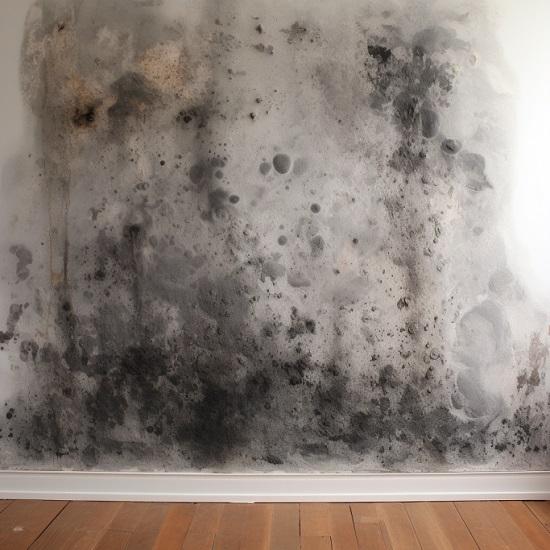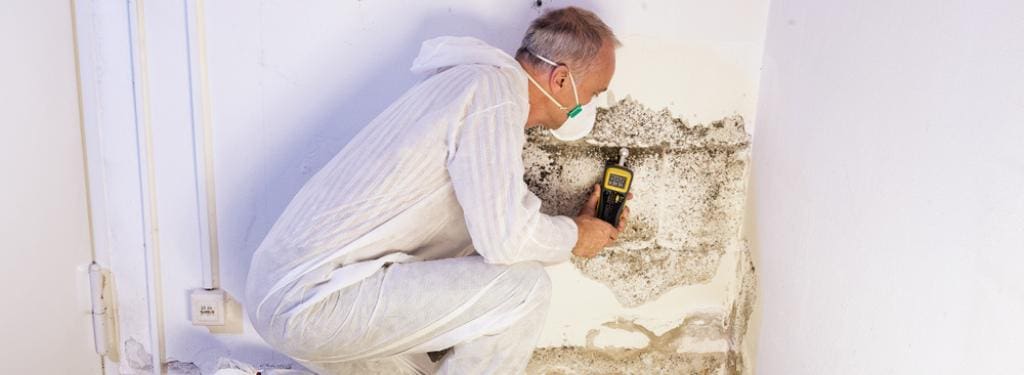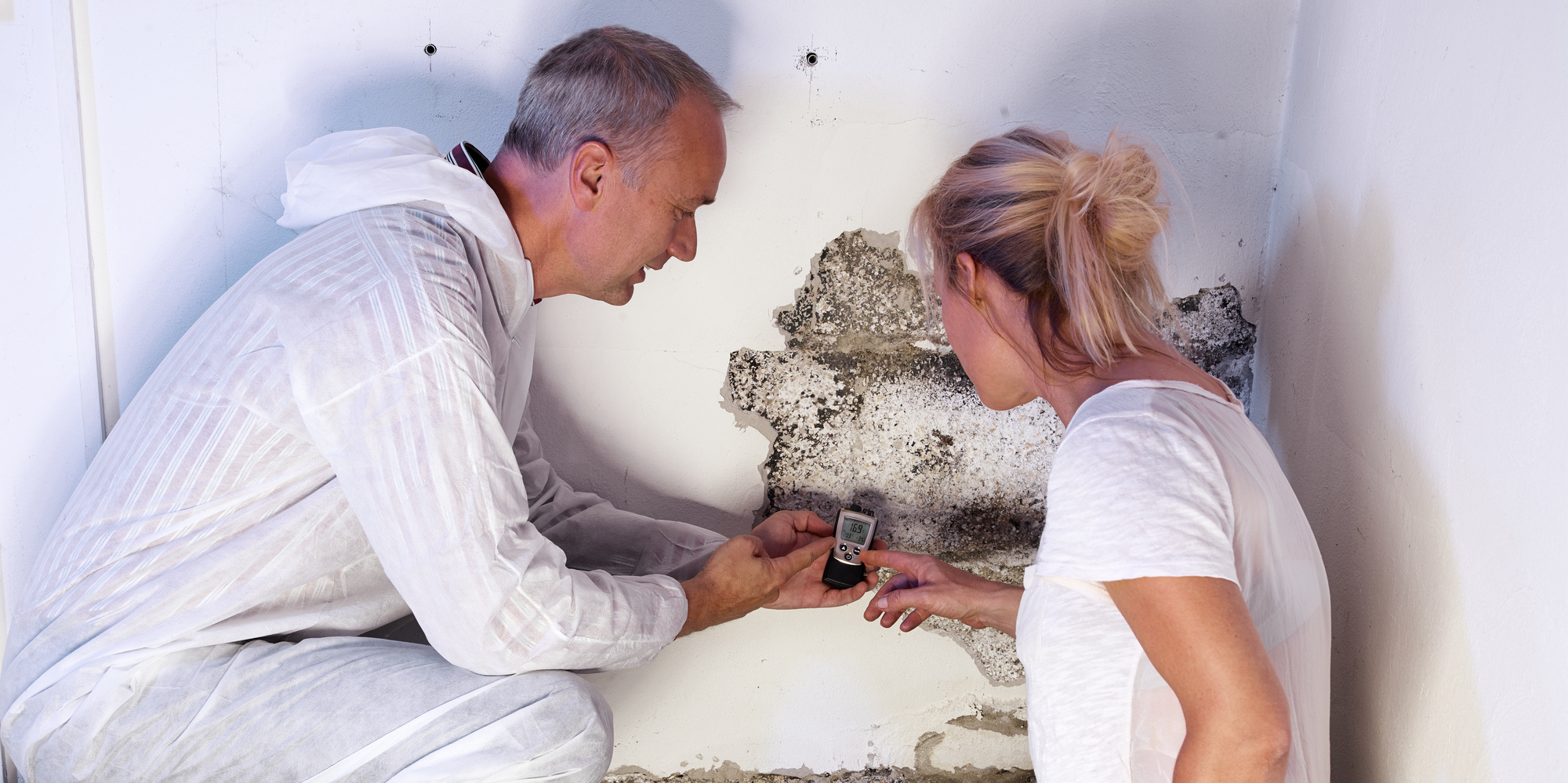Your Ultimate Overview to Article Mold And Mildew Remediation Methods
In the aftermath of mold and mildew problem, understanding exactly how to successfully eliminate the mold and stop its reoccurrence is paramount for keeping a healthy and balanced indoor atmosphere. From selecting the right cleansing and sanitizing approaches to implementing techniques for long-term mold and mildew prevention, each step in the removal trip plays an important function in making sure an effective end result.
Understanding Post-Mold Removal Refine
After completing the mold and mildew remediation process, it is vital to recognize the post-mold remediation strategies that are essential to ensure a efficient and complete cleanup. Once the mold has been gotten rid of, the following step entails cleansing and sanitizing the influenced areas to stop any kind of regrowth of mold. This includes making use of specialized cleaning up agents to clean down surfaces and eliminate any kind of staying mold and mildew spores. It is crucial to dry the area entirely to prevent the growth of mold in the future (After mold remediation). Appropriate ventilation and dehumidification can help in this process.
In addition, performing a last evaluation post-remediation is vital to make sure that all mold has been successfully removed. This inspection needs to involve a detailed aesthetic check along with possibly air tasting to verify the absence of mold and mildew spores airborne. If the inspection reveals any sticking around mold and mildew, added remediation might be necessary. Educating passengers on preventive steps such as controlling moisture degrees and immediately addressing any kind of water leakages can assist preserve a mold-free environment.
Effective Cleaning Up and Disinfecting Methods

Stopping Future Mold And Mildew Growth

Value of Appropriate Air Flow
Proper ventilation plays a crucial function in stopping dampness buildup, a vital consider mold development within interior settings. Efficient ventilation systems aid eliminate excess humidity from the air, reducing the opportunities of mold and mildew spores finding the wetness they need to germinate and spread out. Without appropriate air flow, indoor areas can become a breeding ground for mold and mildew, bring about potential wellness threats and architectural damages.
By guaranteeing appropriate air circulation, air flow systems can additionally assist in drying moist areas quicker after water damage or flooding events, even more deterring mold development. Post remediation mold testing near me. Precede like restrooms, basements, attic rooms, and kitchen areas where moisture degrees often tend to be greater, installing and maintaining reliable air flow systems is vital in protecting against mold and mildew infestations

Surveillance and Upkeep Tips
Given the vital role that proper air flow plays in preventing mold growth, it is important to establish efficient tracking and maintenance ideas to make sure the continued performance of ventilation systems. Routine inspections of ventilation systems should be performed to look for any type of indicators of obstructions, leaks, or breakdowns that might hinder proper air movement. Surveillance moisture degrees within the residential property is additionally critical, as high moisture can contribute to mold development. Mounting a hygrometer can help track moisture degrees and sharp house owners to any type of spikes that may call for attention. In addition, making sure that air filters are frequently cleaned up or replaced is crucial for maintaining the effectiveness of the air flow system. Applying a schedule for regular maintenance tasks, such as air duct cleaning and cooling and heating system examinations, can help prevent concerns before they rise. By staying aggressive and conscientious to the problem of air flow systems, building proprietors can properly minimize the threat of mold regrowth and keep a healthy and balanced indoor setting.
Conclusion
Finally, post-mold remediation techniques are important for guaranteeing a clean and Post Mold Remediation Report risk-free setting. Understanding the procedure, carrying out reliable cleaning and disinfecting techniques, preventing future mold and mildew growth, maintaining proper air flow, and regular surveillance are all critical action in the removal process. By following these standards, you can efficiently get rid of mold and avoid its return, promoting a healthy living or functioning space for all residents.
In the results of mold infestation, understanding exactly how to effectively eliminate the mold and avoid its reoccurrence is vital for maintaining a healthy interior atmosphere. As soon as the mold has been removed, the next step involves cleaning and decontaminating the affected areas to avoid any type of regrowth of mold and mildew - what to do after mold remediation. After eliminating noticeable mold development, it is critical to clean up all surface areas in the damaged location to eliminate any continuing to be mold spores. To better boost mold and mildew prevention measures, it is important to deal with underlying issues that originally led to mold growth.Offered the important function that appropriate air flow plays in protecting against mold growth, it is essential to establish reliable monitoring and maintenance pointers to guarantee the continued functionality of ventilation systems